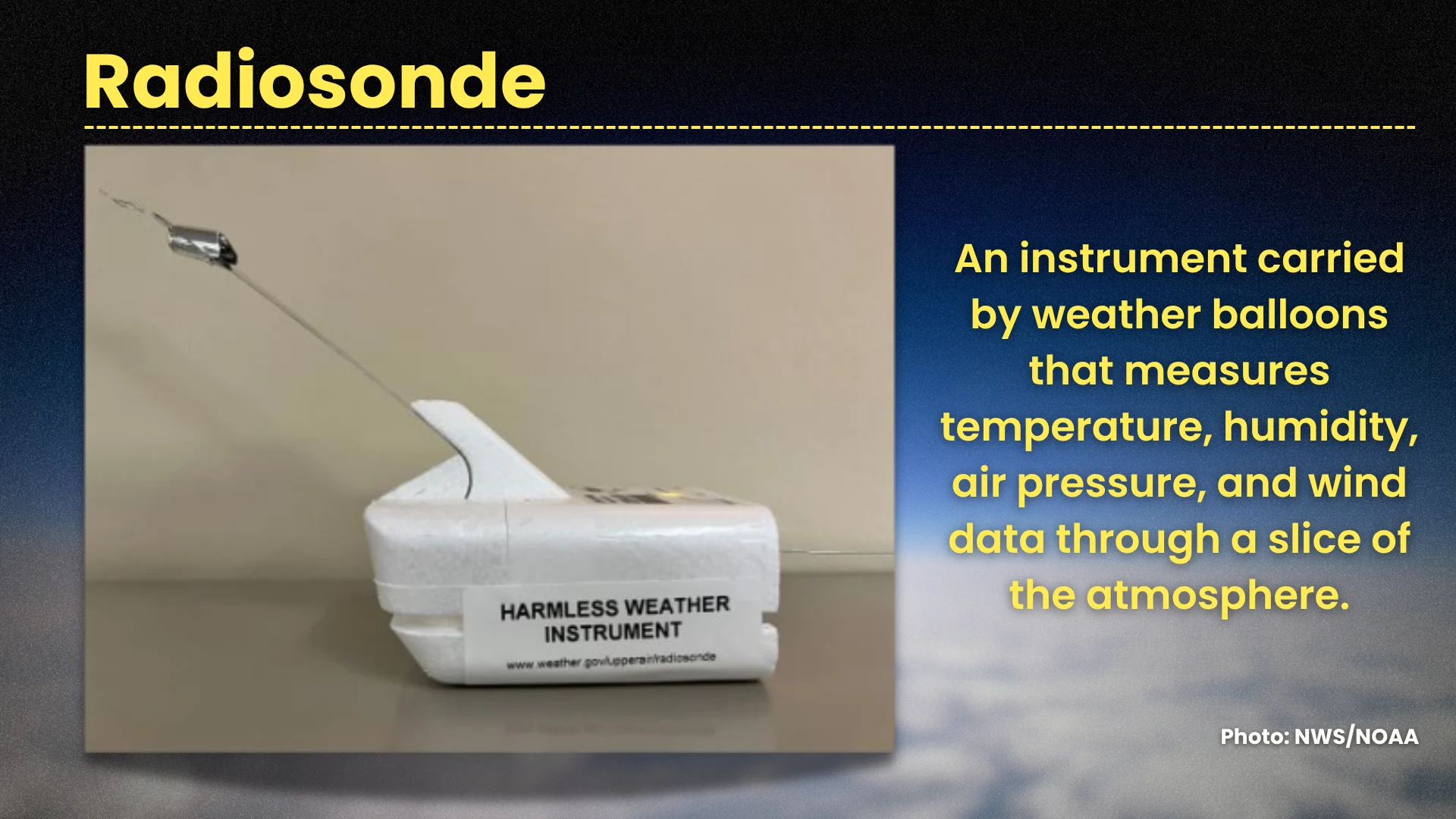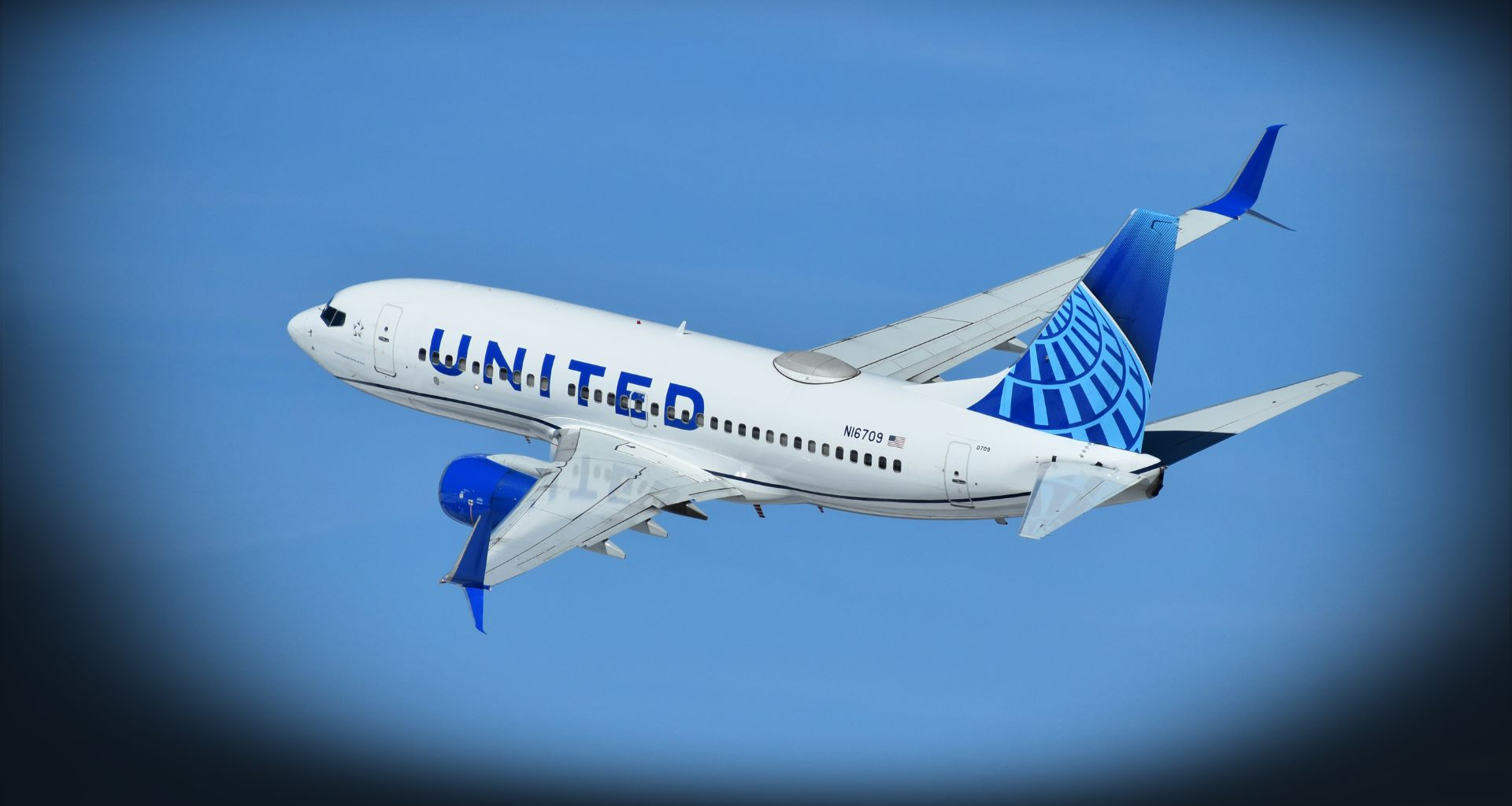What could cause that kind of damage?
If the damage to the aircraft is indeed from a high-altitude impact of some sort, what kind of object could an airplane encounter at more than 10,000 metres?
Only a handful of birds are able to fly higher than 8,000 metres, and none of them are native to North America.
Hail is a common cause of aircraft damage. But Flight 1093 encountered crystal clear skies as it flew over Utah on Oct. 16. The satellite image used in the graphic at the top of this article was taken a few hours after the incident, showing no active weather along or near the flight route.
The possibilities—and probabilities—grow slimmer from there.

Weather balloons routinely fly that high. These balloons carry instrument packs known as radiosondes that capture important data as they ascend through the atmosphere. Colliding with these small devices could damage an aircraft at cruising speed. However, there were no official weather balloon releases in the area on the morning of Oct. 16.
There’s also the exceptionally slim chance that the aircraft encountered a meteorite or space debris reentering Earth’s atmosphere. While the odds of such a collision would be tremendous, stranger things have happened.

